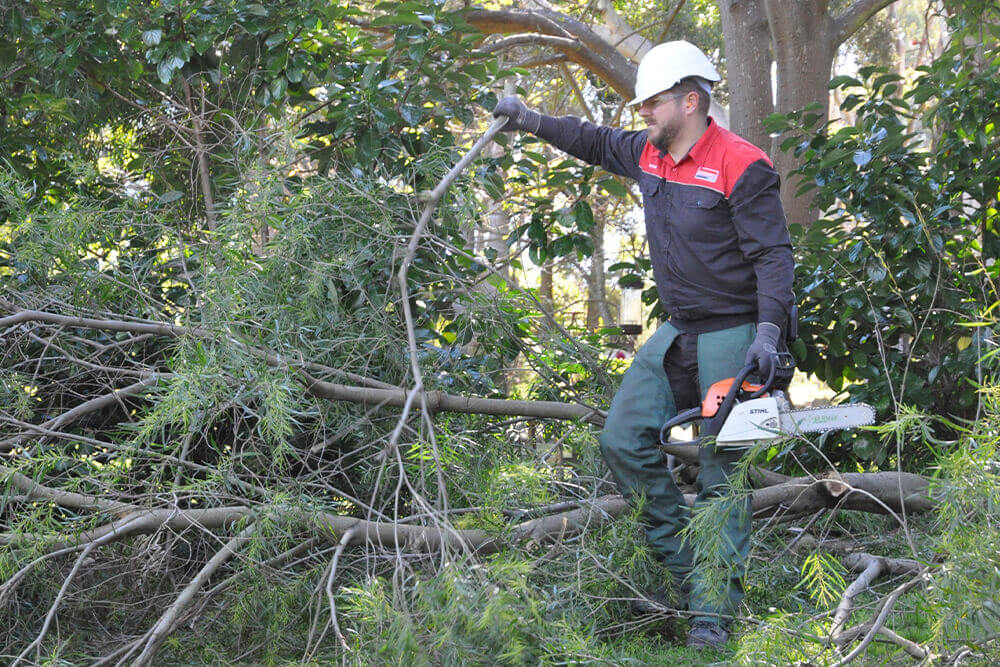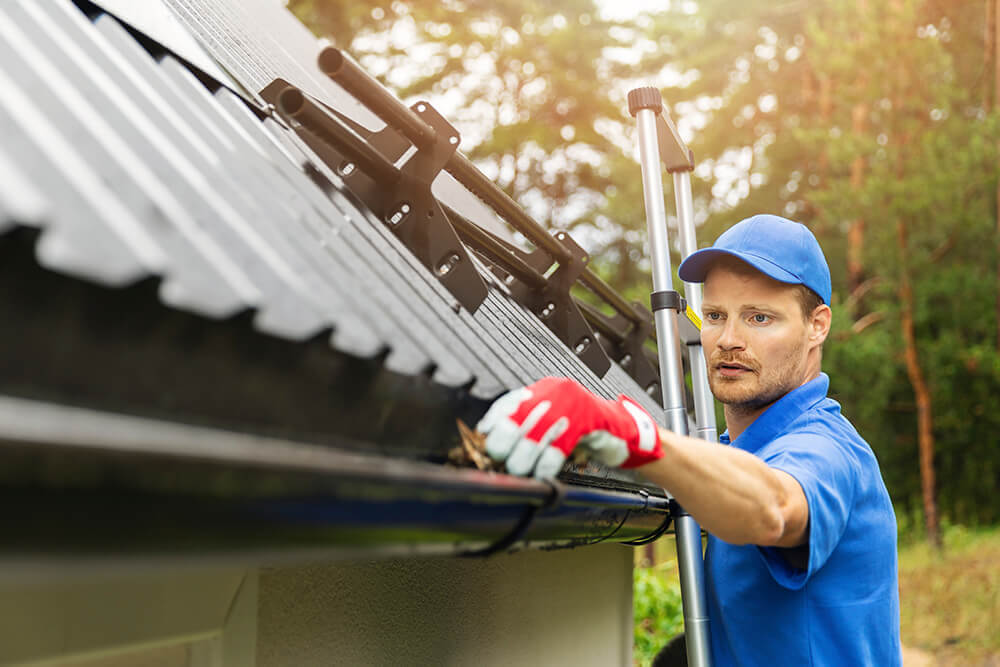Preparing Your Home for Bushfire Season
Get Inspired
Preparing your home for bushfire season
Bushfires are top of mind for many Australians at this time of the year. With the right preparation, you can minimise the risks to your property and your family.
The NSW Rural Fire Service puts it bluntly on its website - the more you prepare your home, the more likely it will be to survive a bush fire or ember attack.
Fire authorities offer plenty of advice for bushfire preparedness, and the right tools from Kennards Hire will help you follow the safety guidelines.
Clear localised vegetation
The most important step is to clear vegetation and rubbish around your property. In most areas of Australia, you can remove or prune trees within 10 metres of a house for bushfire protection without a permit.
You can also generally clear any vegetation such as leaf litter and twigs within 30-50 metres of your home. But it’s important to check your local regulations as the rules change from state to state and even across local government areas.
Kennards Hire has a range of chainsaws for hire, including small electric ones for trimming branches, right up to a 625mm petrol driven model for big trees. A telescopic pruning saw is available in electric and petrol versions for trimming higher branches. Clean-up is easy with chippers and stump grinders.
Don't forget the lawn
Your lawn is another potential hot spot. Fire can race through long dry grass, so keep it short during summer.
Kennards Hire has mowers to manage any size of property, from small petrol push mowers for residential backyards to ride-on mowers that can make short work of a hobby farm (just check availability at your local branch). Use a cordless or petrol driven line trimmer to clean up verges, paths and longer grass along fence lines.
Clean up fallen leaves, twigs and debris around the property. This is a job that could make all the difference between whether a fire spreads to your house or stops at the perimeter, so do it regularly throughout the fire season.
In a rural area, you can generally burn off clippings, branches and other waste outside the fire danger period. But if you’ve left it too late, or you’re living in a residential area, you’ll need to take it to your local green waste resource recovery centre.
Cage trailers and tippers are a good option for removing the debris, and many councils offer free green waste tipping in late spring to help residents prepare their properties for summer.
Essential home maintenance tasks
Vegetation is not the only fire risk. Long before fire season it pays to walk around the house and identify any weak spots where embers and smoke can enter the house.
- If your house is built on stumps, enclose areas under the house. Cement sheeting is a lightweight fireproof cladding material suitable for large areas. Use fine mesh over air vents to protect against embers.
- Fine metal screens will protect windows and doors, as well as improve ventilation and security at other times. Fix any holes in the walls or floor, and seal around windows and doors to keep them smoke proof.
- Timber decks can ignite if embers land on them, fall through the gaps or are blown under them. Reduce the risk by enclosing the area under the deck with mesh or other ember guard. Where possible, retrofit metal flashing to create a barrier between a timber deck and the house.
- Clean leaves and twigs out of your gutters. It’s also worth considering metal gutter guards and attaching a fire sprinkler system to gutters.
- Get into the roof cavity to check your roof for rays of light that indicate cracks or holes. If there are only a few small holes you can patch them with compressed mineral wool insulation.
- Check rubber seals and flashing around chimneys and vents. Screw down any loose sheets of iron, using screws with rubber washers for maximum strength and replace any missing or cracked tiles.
You’ll need an extension ladder to work on your roof. Choose a still, dry day to work, and wear rubber soled shoes for extra grip.
Don’t take chances on a steep roof. Some 5,000 Australians each year are hospitalised after falling from a ladder, according to the Australian and New Zealand Journal of Public Health. So use an extension ladder, wear a safety harness and don’t work alone.
Top up your water supply
Australian fire authorities recommend setting aside a minimum of 10,000 litres of water for firefighting purposes. Of course, the more water you have on-site the better.
Consider installing a water tank. If you’re on a large property, enlarging a dam or digging a new one offers an extra emergency water supply. This is the sort of job you can do yourself at the end of summer, when the water level is low. Use a small excavator or mini loader and a dumper to excavate a lot of soil in a short time. Get in a back-up generator to ensure you can still pump water if you lose power in a fire.
Finally, check that your hoses are long enough to reach all parts of the property. Get in spare hoses and joiners in case a hose melts at the wrong time.
In the event of a fire emergency, please always contact Triple Zero – 000.
Talk to the experts
For all the equipment you need to prepare for the fire season, talk to the experienced team at your local branch of Kennards Hire.



